The subcompact SUV class has a number of options for shoppers, but the 2020 Toyota C-HR offers a bolder design for those wanting to get noticed. This week, we caught the eye of many drivers as we hit the city streets of Denver. It may also have been the “Hot Lava” (bright orange) paint that got us lots of attention too. Either way, the C-HR is set apart from the competition.
This week, we had a chance to check out a top-trim Toyota C-HR Limited. We looked at the driving dynamics, interior comfort, and cargo carrying capabilities, among other things.
Toyota C-HR: What’s New For 2020?
The Toyota C-HR gets a revised front-end design, Android Auto is now available, and LED headlights and satellite radio are now standard on all trims. New exterior colors for 2020 include the aforementioned Hot Lava and Supersonic Red. There is also an option for a silver roof for 2020.
The 2020 Toyota C-HR comes in three trim levels: LE, XLE, and Limited.
Features & Options: A Healthy Mix
Our 2020 Toyota C-HR Limited tester ($26,350) came standard with adaptive LED headlights; foglights; leather upholstery; heated front seats; dual-zone automatic climate control; and two-way power lumbar for the driver’s seat. Our tester also had heated mirrors; a rear spoiler; remote keyless entry; adjustable driving modes; 60/40-split folding rear seats; a cargo cover; and a rearview camera.
Tech features include Bluetooth phone and streaming audio; a USB port and Wi-Fi hotspot; Apple CarPlay and Android Auto; Amazon Alexa integration; and a six-speaker audio system with satellite radio. The C-HR is standard with an eight-inch touchscreen display, and a three-month, all access trial of SiriusXM.
Several advanced safety and convenience features were also standard on our C-HR Limited. They included automatic high beams, adaptive cruise control, lane keeping assist, and forward collision warning with automatic emergency braking. Lastly, our C-HR tester came with an optional infotainment system that added HD radio ($465) and two-tone paint.
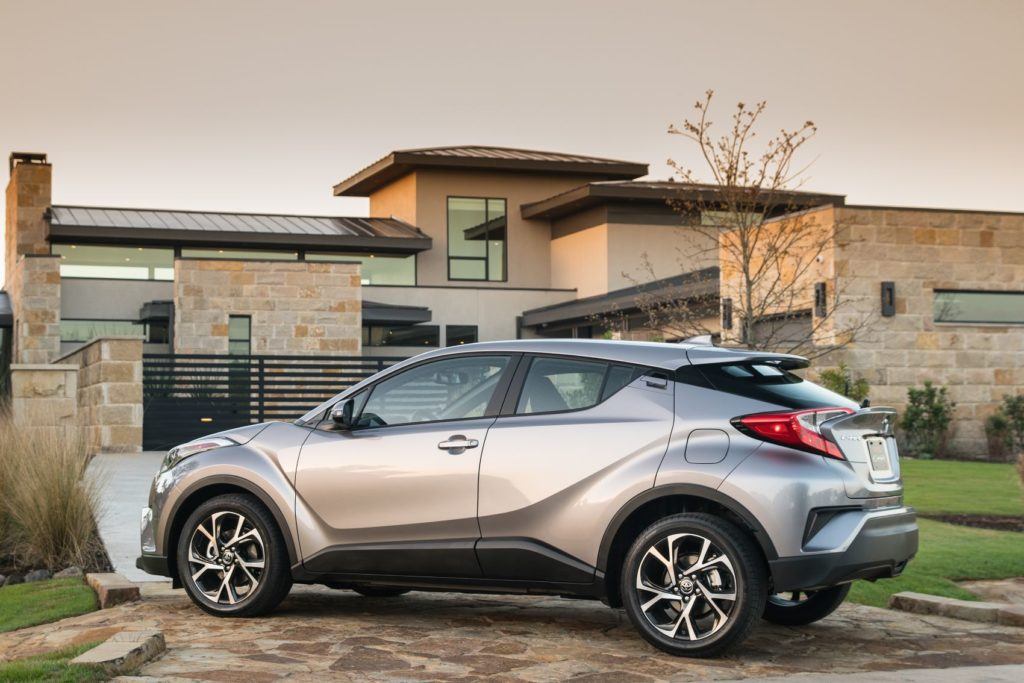
How Much Is The 2020 Toyota C-HR?
Total MSRP, including the destination charge of $1,095, for our 2020 Toyota C-HR Limited test vehicle: $28,435. By comparison, the 2020 Toyota C-HR starts at $21,295.
Interior Highlights: Stylish & Comfortable
The cabin of the CH-R Limited is nicer than the lower trims, and for the price point, we would pick the Limited over the XLE or LE. With heated leather, eight-way power adjustments for the driver’s seat, a stylish dash, and black stitching to match, the interior offers a good mix of comfort and style. The front seats are even comfortable for taller drivers and passengers. We didn’t have an issue finding a good cruising position with the extra seat adjustments either.
The central control pod with the eight-inch touchscreen is called “MeZONE.” It comes with plenty of easy-to-use controls and knobs that didn’t leave us frustrated. In addition to the connectivity features of MeZONE, the cabin will be appealing to a younger buyer with its attractive shapes and modern styling.
We also liked the 4.2-inch color display just ahead of the driver. It shows a number of different things like outside temperature, trip information, fuel economy history, and what drive mode you are currently in. There is even a G-force monitor.
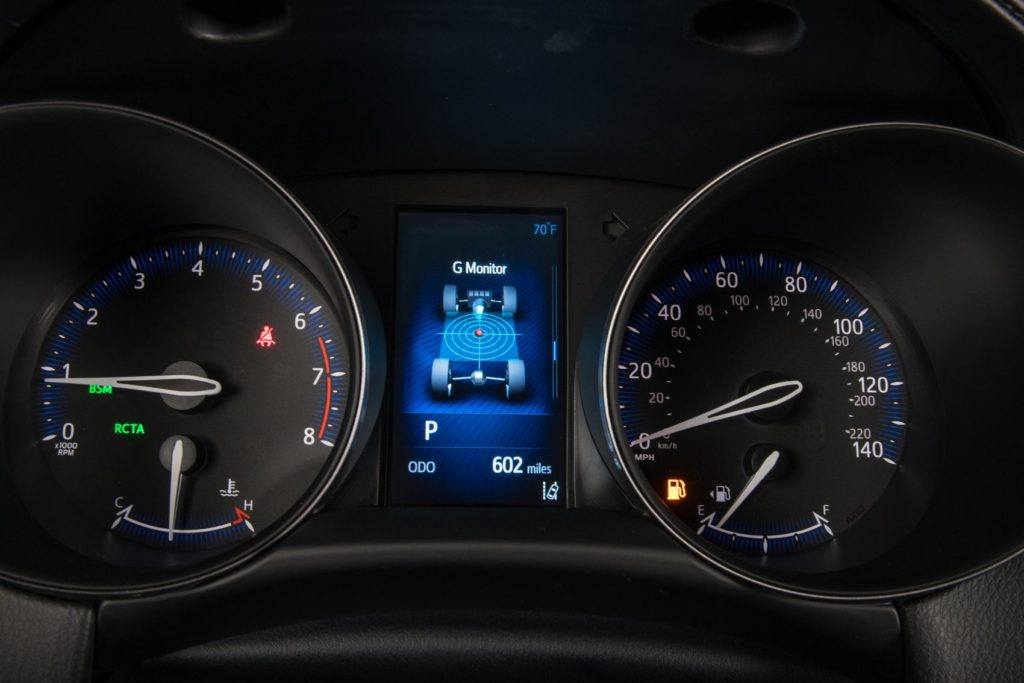
Interior Highlights: Rear Seats & Cargo Capacity
Unlike many small SUVs only suited for two adults, three can actually fit in the back for short jaunts if necessary. Rear passengers sit a bit higher too, which means a more comfortable position with some extra foot space. On a longer trip, things might get cramped for passengers in the back, but around town it’s manageable.
Cargo volume is 19.1 cubic feet with the rear seat-back upright, growing to 37 cubic feet when folded. The seats will fold flat to form a handy load floor. This was perfect as we packed in bags on a grocery shopping trip earlier this week.
Engine & Powertrain
The 2020 Toyota C-HR is powered by a 2.0-liter four-cylinder producing 144 horsepower and 139 lb-ft. of torque. It comes mated to a continuously variable automatic transmission with Sport, Normal, and ECO modes.
- Related: Everything you need to know about your Toyota warranty?
Is the 2020 Toyota C-HR All-Wheel Drive?
Unfortunately, all-wheel-drive is not available on the 2020 C-HR.
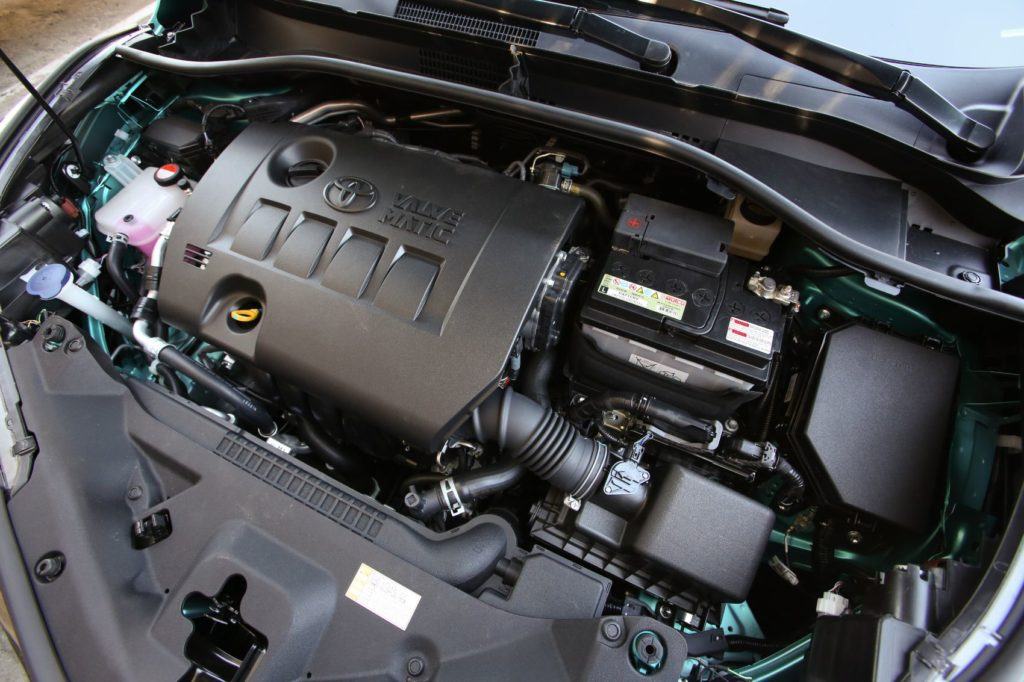
Gas Mileage of the 2020 Toyota C-HR
The C-HR gets an EPA-estimated 27/31 city/highway and 29 combined. ECO mode can be used during city driving to conserve fuel.
When compared to other similar vehicles, the C-HR isn’t the worst when it comes to fuel economy, nor is it the best. If fuel economy is one of your top priorities, we recommend shopping around and doing some thorough comparisons.
How Does The 2020 Toyota C-HR Drive?
For urban commuting and daily driving, the C-HR has adequate power and acceleration. We drove it through Denver but the altitude eventually took a toll on the 144-horsepower engine. We went up I-70 west of Denver where it struggled to keep the pace as we pushed up to 8,300 feet elevation.
While this is not a typical driving environment for most people, the C-HR can sound like it’s working hard at times. If you live at sea level, the small SUV should have enough power, but you might feel it climbing a hill with a full load of passengers and cargo. Otherwise, the C-HR provides respectable handling and curve-holding dynamics even in the tight mountain corners leading to our house.
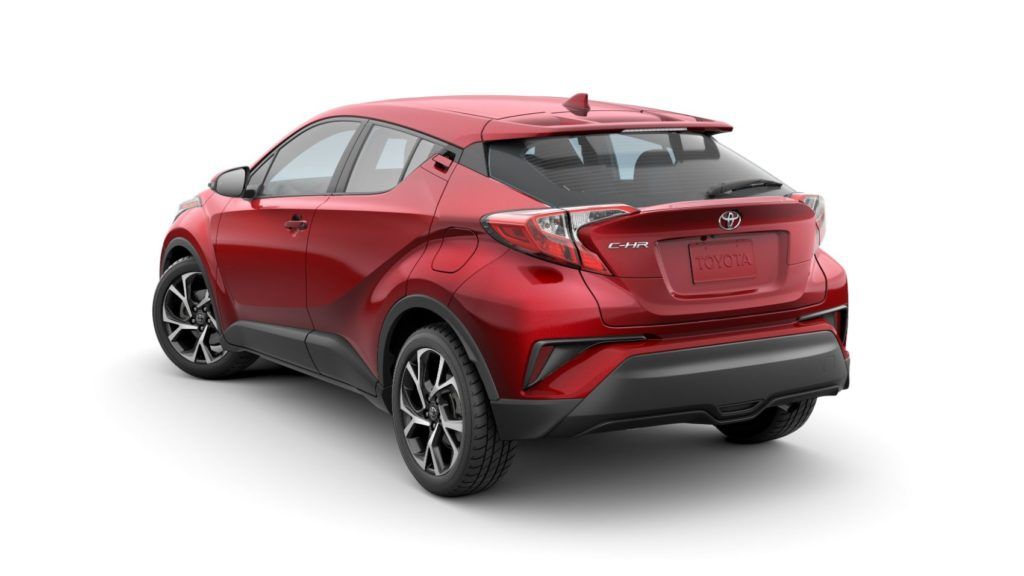
Driving Dynamics: Noise & Visibility Concerns
The ride on the highway is smooth but we thought the engine noise in the cabin was pervasive as the CVT automatic made its long shifts. We kept the transmission in Normal most of the week, but shifted into Sport if we needed to pass slower traffic. But doing that only made things louder inside.
Visibility to the rear and side is difficult because of the bold exterior design. Things can get difficult when trying to switch lanes in busy traffic.
Luckily, we had dry roads this week and the front-drive configuration worked well on our commutes through Denver. If we would have had snow, however, the C-HR could have left us stranded given where we live. We would like to see the C-HR offered with all-wheel drive in the future.
Conclusion: Nice But Shop Around
The 2020 Toyota C-HR is a looker and will attract younger buyers with its bold exterior styling. If you don’t need a lot of power, and don’t haul a lot of cargo on a regular basis, the C-HR is a good choice. If you live in a cold climate and want the peace of mind all-wheel drive can provide, there are other vehicles better suited for you on the market.
Denis Flierl has invested over 25 years in the automotive industry in a variety of roles. All of his firsthand reviews are archived on our test drives page. Follow Denis on Twitter: @CarReviewGuy
Photos: Toyota Motor Sales, U.S.A., Inc.
Original article: 2020 Toyota C-HR Review: How Does It Stack Up & Should You Buy It?
from Automoblog https://ift.tt/3bm5I8O
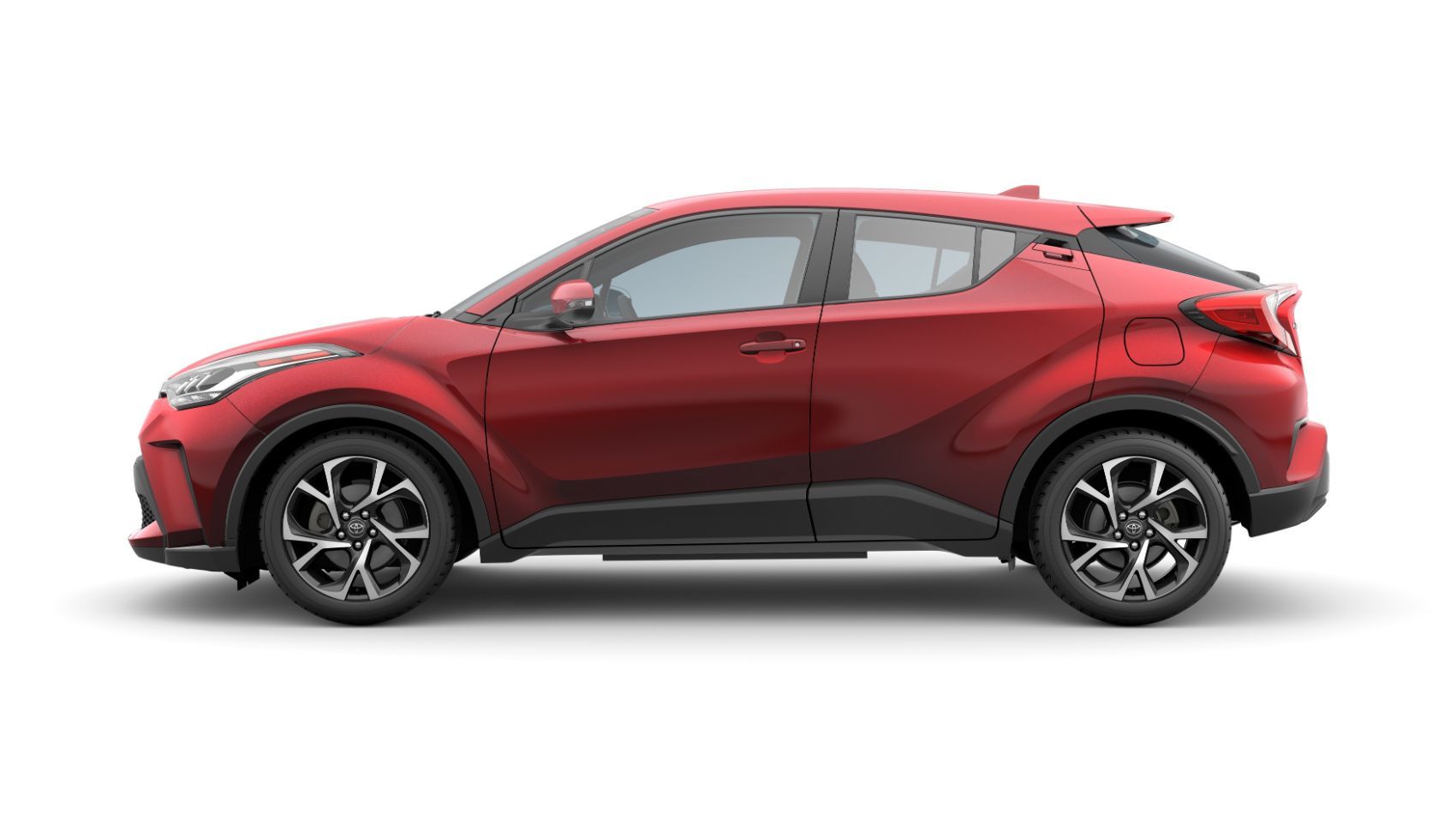
No comments:
Post a Comment